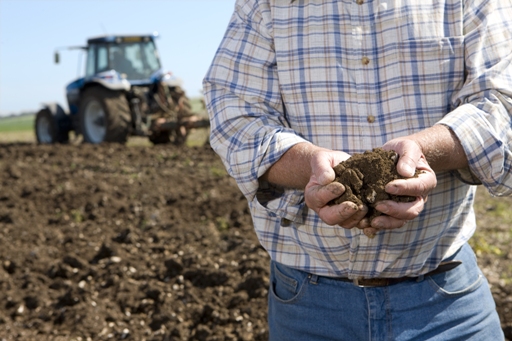Mycorrhiza for Agriculture
Features naturally growth and efflorescence.

Benefits of Mycorrhiza for Agriculture
 |
|
We developed special products for application in Agriculture!
The most natural way to fertilize your crop!
Get it now>>
Mycorrhiza Application in Agriculture
Mycorrhiza is the name of one of the most important processes on our planet: the symbiosis between plants and fungi. It is believed that the Mycorrhiza made possible the spread of plants in the first place around 400 million years ago. Simply put, plants and fungi exchange sugar for nutrients. The plants produce carbohydrates through photosynthesis and the fungi provide nutrients to plants through the soil. This principle links all the plants in the world together – almost.
These links have been disrupted by intensive agriculture. Mycorrhiza -Symbioses need time to develop naturally. This time is not available when producing food. Due to this lack of time, farmers try to create active soil life through the vast use of fertilizers and pesticides.
Fungi search for sugars and vitamins. In contrast to most green plants, fungi cannot produce these themselves. However, in order to gain access to such substances they form an underground fungal network (mycelium) and ‘associate’ themselves with green plants. This mycelium draws water and nutrients such as phosphorous or nitrogen out of the soil like a sponge and ‘shoots’ these directly into the root system of the plant.
This symbiosis enormously enlarges the root surface of the plant and nutrient salts locked into the soil are quickly made readily available to the plant. At the same time, through the release of glomalin the percolation properties of the soil and the soil life is intensively improved. Nutrients can accumulate on their own again. That means mineral enrichment is almost self-regulatory.
The mycorrhizal principle is thus a simple ‘give-and-take’ principle, where the green plant clearly benefits more. The ratio of quantities exchanged is in this case unambiguous. Generally the sugar content of the fruit increases despite the exchange. The plant is enabled to fortify itself through the increased nutrient uptake and also naturally prevents diseases or external influences such as dry periods.
The farmer can now take advantage of this symbiosis and can specifically influence the growth process in a positive way with a sustainable fertilisation policy.
Application is easy, the cost are only few cents per plant!
The most natural way to fertilize your crop!
Get it now>>

